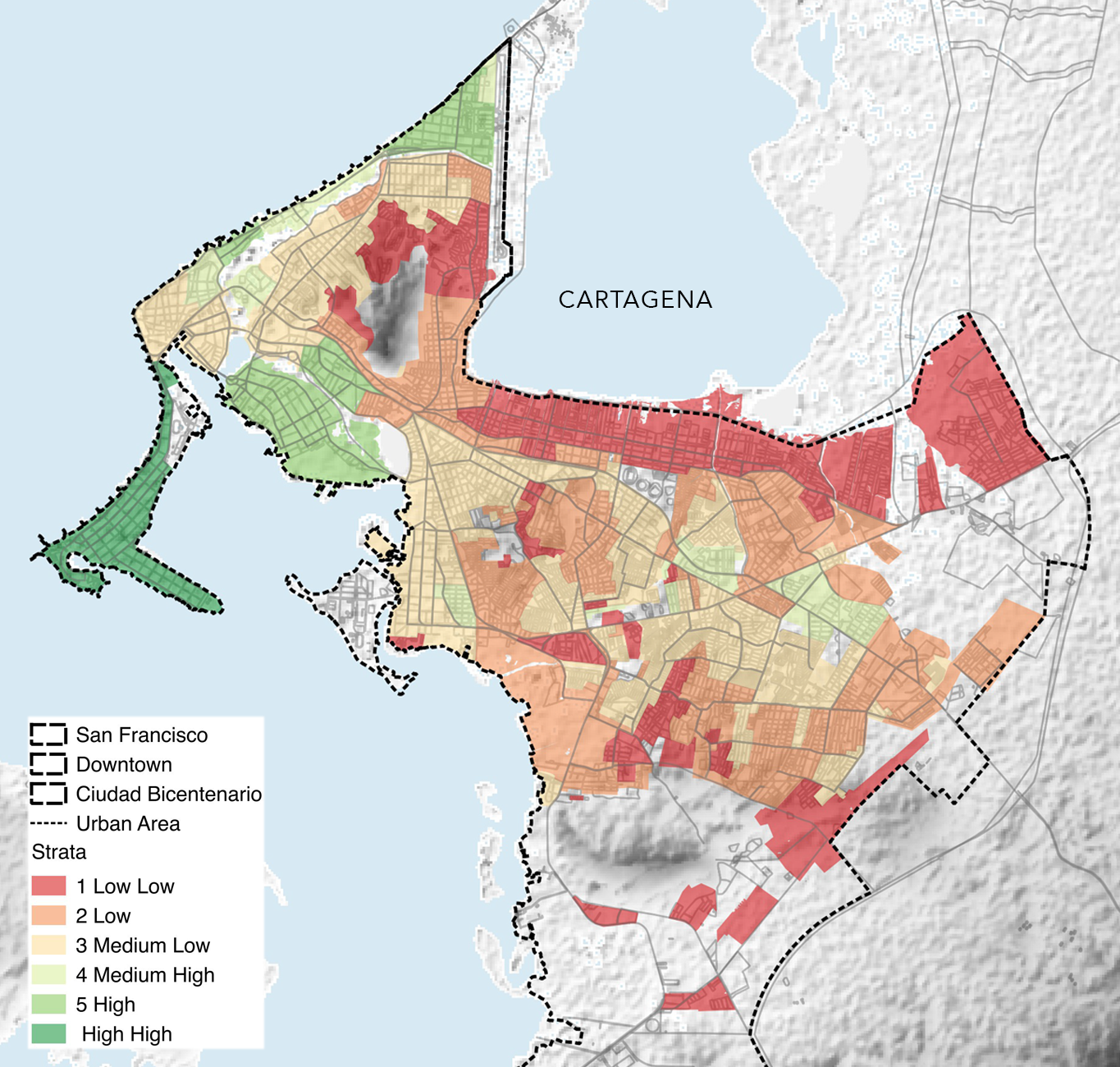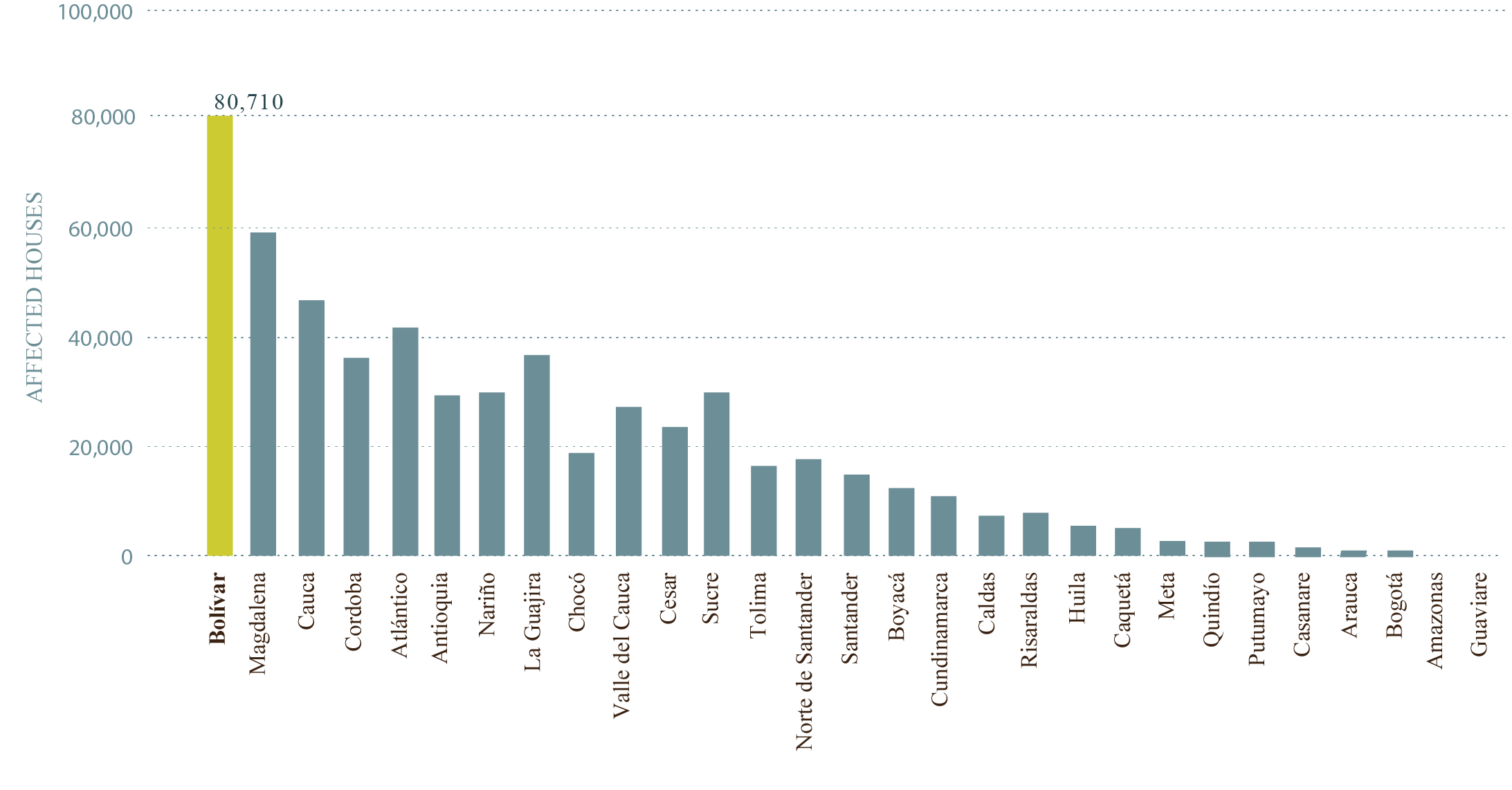What happens when resettlements focus on the physical environment: The aftermath of resettlement process in displaced communities
Cartagena, Colombia
Colombia has the second highest number of displaced population in the world: 6.3 million (Syria 7.6 million victims followed by Iraq with 3.3 million). Between April 2010 and June 2011, over three million people were affected by the rainy season associated with "La Niña" phenomenon. Given the magnitude of displacement in the country, this problem contributes to the largest number of human rights violations in the country.

This research studied the dilemmas that accompany resettlement processes, the involuntary physical and social isolation of residents from access to services and public facilities, the consequences of this for economic well-being and quality of life, and the improvement of the personal security from crime and violence. This research answers the following question: Why do resettlement processes create deteriorated socioeconomic livelihoods and fragmented communities?



This project analyses the parallels and contrasts between 28 displaced families that went through the government program of resettlement process and 10 families that reconstructed their home outside of the program. The goal was to re-examine the State’s public policy and implementation approach, measure the gains and losses of the resettlement process, and highlight the relationship between Colombia’s armed conflict and the resettlement processe.
This project finds that while resettlement processes provide new built environments to address the physical needs, they do not address the underneath causes that perpetuate poverty, vulnerability, and marginalization. The research extracts the challenges and dilemmas faced by these displaced communities and identified key recommendations to encourage policymakers and NGOs to perceive housing as a necessary, but not sufficient variable to resettle and build sustainable resilient communities.